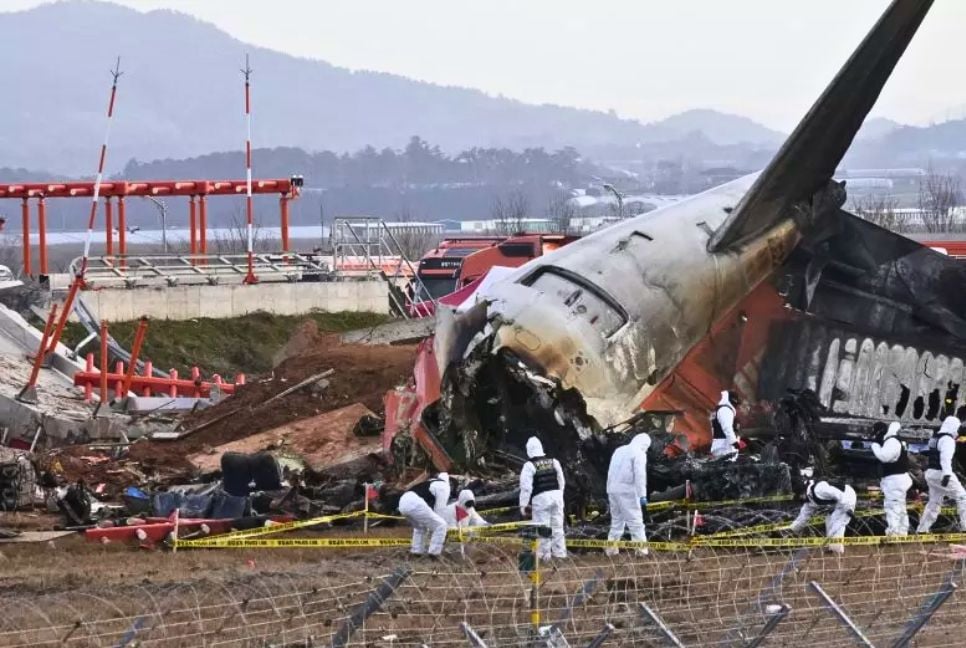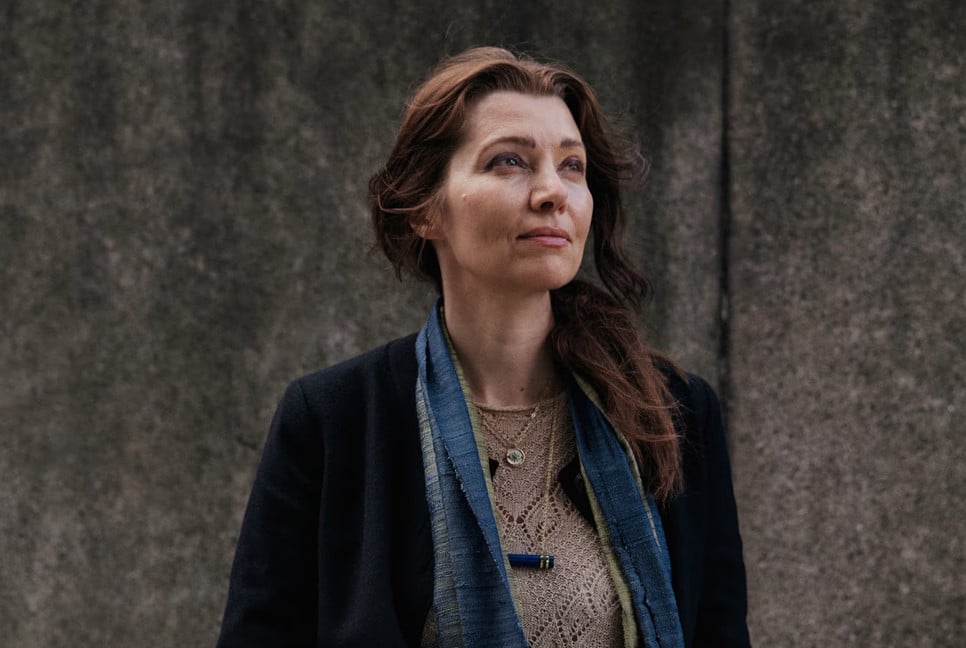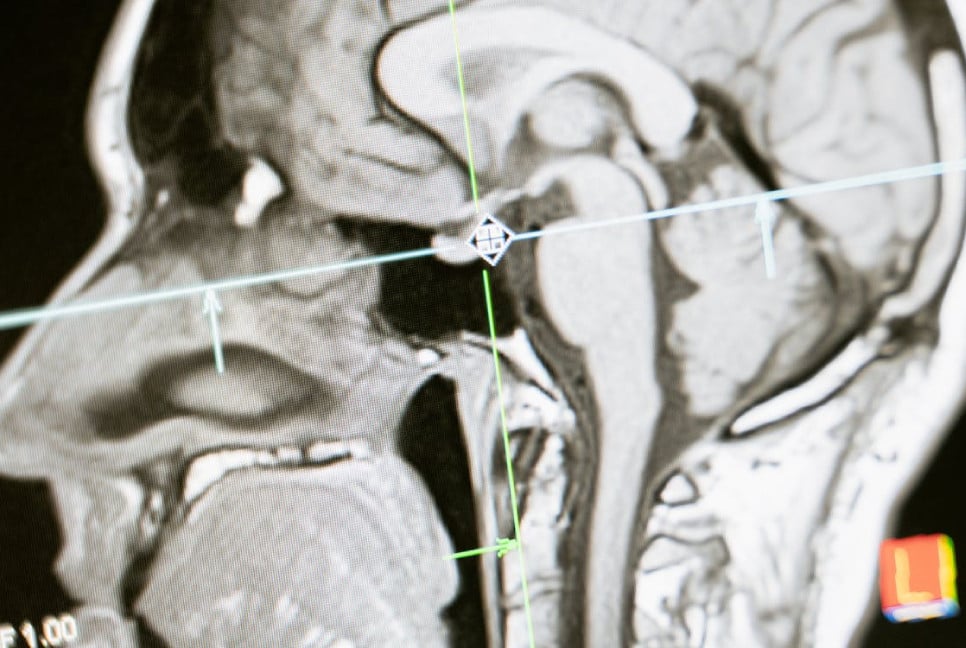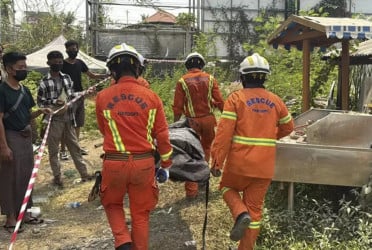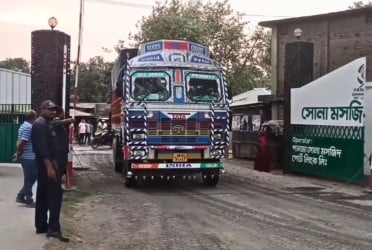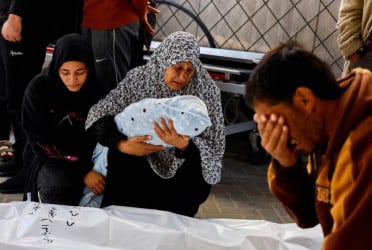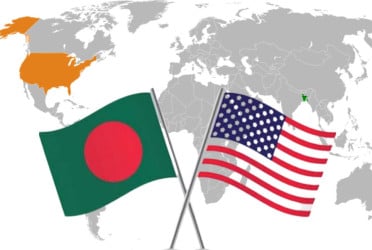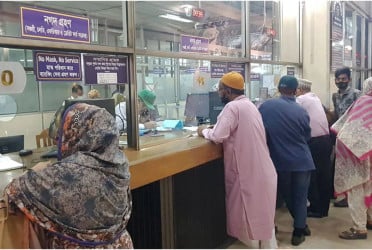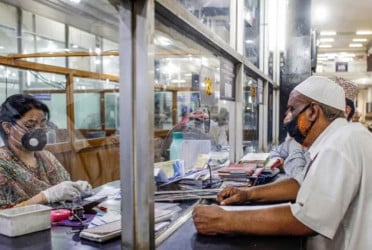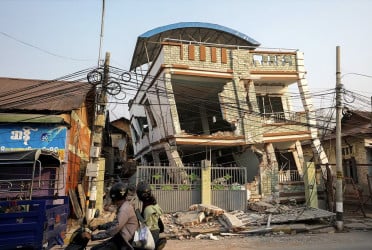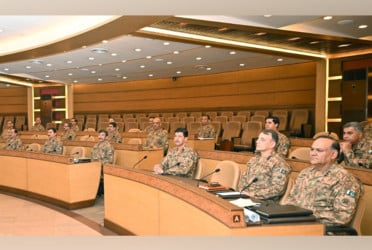In 2015, TIME Magazine reporters wrote that they had combed through the records of all US plane crashes with both fatalities and survivors from 1985 to 2000, and found in a meta-analysis that seats in the back third of the aircraft had a 32% fatality rate overall, compared with 38% in the front third and 39% in the middle third.
Even better, they found, were middle seats in that back third of the cabin, with a 28% fatality rate. The “worst” seats were aisles in the middle third of the aircraft, with a 44% fatality rate.
But does that still hold true in 2024?
According to aviation safety experts, it’s an old wives’ tale.
“There isn’t any data that shows a correlation of seating to survivability,” says Hassan Shahidi, president of the Flight Safety Foundation. “Every accident is different.”
“If we’re talking about a fatal crash, then there is almost no difference where one sits,” says Cheng-Lung Wu, associate professor at the School of Aviation of the University of New South Wales, Sydney.
Ed Galea, professor of fire safety engineering at London’s University of Greenwich, who has conducted landmark studies on plane crash evacuations, warns, “There is no magic safest seat.”
“It depends on the nature of the accident you’re in. Sometimes it’s better at the front, sometimes at the back.”
However Galea, and others, say that there’s a difference between the seat that has the best chance of surviving an initial impact, and one that allows you to get off the plane quickly. It’s the latter that we should be looking for, they say.
Most plane crashes are ‘survivable’
“The vast majority of aircraft accidents are survivable, and the majority of people in accidents survive,” says Galea. Since 1988, aircraft — and the seats inside them — must be built to withstand an impact of up to 16G, or g-force up to 16 times the force of gravity. That means, he says, that in most incidents, “it’s possible to survive the trauma of the impact of the crash.”
For instance, he classes the initial Jeju Air incident as survivable — an assumed bird strike, engine loss and belly landing on the runway, without functioning landing gear. “Had it not smashed into the concrete reinforced obstacle at the end of the runway, it’s quite possible the majority, if not everyone, could have survived,” he says.
The Azerbaijan Airlines crash, on the other hand, he classes as a non-survivable accident, and calls it a “miracle” that anyone made it out alive.
Most aircraft involved in accidents, however, are not — as suspicion is growing over the Azerbaijan crash — shot out of the sky.
And with modern planes built to withstand impacts and slow the spread of fire, Galea puts the chances of surviving a “survivable” accident at at least 90%.
Instead, he says, what makes the difference between life and death in most modern accidents is how fast passengers can evacuate.
Aircraft today must show that they can be evacuated in 90 seconds in order to gain certification. But a theoretical evacuation — practiced with volunteers at the manufacturers’ premises — is very different from the reality of a panicked public onboard a jet that has just crash-landed.
‘Every second counts’
Galea, an evacuation expert, has conducted research for the UK’s Civil Aviation Authority (CAA) looking at the most “survivable” seats on a plane. By compiling data from 1977 to 1999, his team created a database of human behavior around plane crashes.
His analysis showed that passengers seated within five rows of any emergency exit, in any part of the plane, have the best chance of getting out alive.
What’s more, those in aisle seats have a greater chance of evacuating safely than those in middle, and then window seats — because they have fewer people to get past to get out.
“The key thing to understand is that in an aviation accident, every second counts — every second can make the difference between life and death,” he says, adding that proximity to an exit row is more important than the area of the plane.
Of course, not every exit is likely to be usable in an incident — when Japan Airlines flight 516 crashed into a coastguard plane at Tokyo Haneda last January, only three of eight evacuation slides were usable. And yet, because of the exemplary behavior of crew and passengers, who evacuated promptly, all 379 people on the Airbus A350 survived.
‘Chance favors the prepared mind’
“Chance favors the prepared mind,” is Galea’s mantra. “If you’re aware of what you need to do to improve your chances, you’re going to increase your chances of surviving even more. Think about how you’d get out.”
He says it’s essential to understand how your seatbelt works.
“Believe it or not, one thing people struggle with [in a crash] is releasing their seatbelt. You’re in a potentially life and death situation and your brain goes into autopilot,” he says. “Most people’s experiences of seatbelts are in cars, where you press a button instead of pulling a latch. A lot of the people we interviewed [who survived plane crashes] had difficulty initially releasing their seatbelts. That’s why it’s important to pay attention to the preflight briefing. All that advice is really valuable.”
He also recommends fully studying the evacuation cards in your seat pocket and, if you’re seated at an emergency exit, carefully look at how you’d open it.
Keep your shoes on until you’ve reached cruising altitude — and put them back on as the plane starts final descent, he says. If you’re a family or traveling with other people, sit together, even if you have to pay — in an emergency, being apart will slow you down as people inevitably try to find each other.
And wherever you’re sitting, count the number of rows between you and the emergency exit — both in front and behind. That way if the cabin is full of smoke — “one of the main killers” in modern crashes, he says — you can still feel your way to the nearest exit, and have a backup if the closest one to you is blocked.
Leave everything behind
Geoffrey Thomas knows a thing or two about aircraft safety, too. Now editor of aviation news website 42,000 Feet, he previously spent 12 years as the founder of AirlineRatings, the first website to rank airlines by safety.
In May 2019, Aeroflot flight 1492 crashed at Moscow Sheremetyevo, killing 41 out of 78 onboard in the resultant fire. Passengers were caught on camera evacuating with their hand luggage, even as the back half of the plane went up in flames.
“Aircraft are certified so that every passenger can get off with half the exits shut within 90 seconds, but at the moment the egress of some of these aircraft are five or six minutes, so it’s a very big issue,” Thomas said.
“The other issue you have is that you get lots of videos on social media of the inside of cabins with flames outside and people yelling. People are taking videos instead of getting off the plane.”
He believes that filming an evacuation, or evacuating with carry-on bags, should be made a criminal offense. “You are endangering people’s lives,” he says in no uncertain terms.
Now, whenever Thomas flies, he’s in an exit row, and wearing a sportscoat for takeoff and landing, in which he has his passport and credit cards. “So if I have to get out, I can, and I will have everything I need with me,” he says.
The plane is in your hands
Wu says he never flies without travel insurance — so that if something happens, and he loses his belongings in an evacuation, he won’t be out of pocket.
And both Thomas and Galea stress that choosing your airline wisely is also key.
“One rule of thumb is that the really good airlines pay the really good salaries and people want to work for them — the worst pilots have to work for somebody else,” says Thomas, who only flies with the highest rated airlines. Do your research before booking your flight — not all countries have the same high safety standards, he advises, so you need an airline that goes above and beyond on safety, wherever it’s flying, not just one that meets minimum standards.
But crucially, remember that in a survivable crash, it’s down to the passengers to act in ways that allow as many as possible to survive.
“People are fatalistic, they think if they’re going to be in a crash that’s it — so they may as well not bother because everyone’s going to die,” says Galea. “But that’s exactly the opposite of what happens.
“Just remember, every second counts.”
Source: CNN
Bd-pratidin English/Fariha Nowshin Chinika

